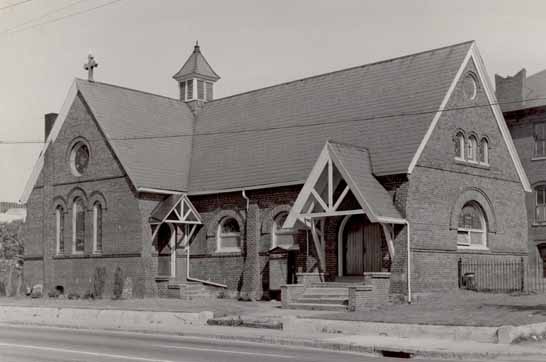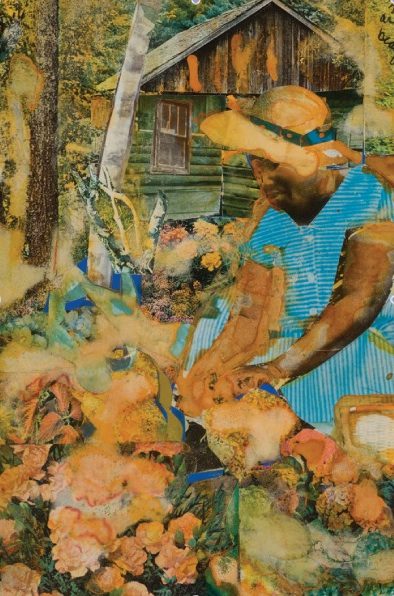At long last, a new park uptown

It took years, multiple political strategies, a bond vote, patience, weathering a brutal and ongoing economic downturn, more patience, and – finally – a multimedia event under a tent on a hot asphalt parking lot. But last Friday, ground was broken for a new park in uptown Charlotte: Romare Bearden Park.
It’s notable for many reasons, including being Charlotte’s first significant honoring of a major 20th-century artist, Bearden, who was born here. It’s also the first major public park built in the heart of uptown in years. I am not counting Polk Place at The Square because it’s tiny and because I’m still hacked off that the city knocked down uptown’s oldest retail buildings for a not-so-wonderful park modeled on what looks like the U.S. Northwest mountains. The late Al Rousso’s fight against the city to save his store got him elected to City Council. But it didn’t save his store. Nor am I counting The Green because it is private space. Lovely, but private. Just try standing and taking photos of the condos, and you may find yourself getting kicked out, as I hear happened to some architecture students.
| The park’s design is based on the work of public artist Norie Sato. Click here to see images from the park’s design by Charlotte firm LandDesign, or here for images from the Bearden Foundation website. And for a slideshow of Bearden’s Mecklenburg County images, click here. |
Romare Bearden Park is named for New York artist and Charlotte native Romare Bearden, born 100 years ago Friday (Sept. 2, 2011) about two blocks from the scene of the groundbreaking ceremonies, in his great-grandparents’ house at 401 S. Graham St., on the corner of what was then Second Street and is now Martin Luther King Boulevard. Bearden’s parents moved North when he was a young boy, but he visited frequently, and some of his later works evoke (and are named for) Mecklenburg County and the people he knew here, including Charlotte neighbor Maudell Sleet (depicted in the collage below).
That “multimedia” part refers to the groundbreaking ceremony agenda. Of course you had politicians present and past, governmental officials and readings from ceremonial proclamations. But we were also treated to the choir from St. Michael and All Angels Episcopal Church – where Bearden was baptized and where his parents attended.
The church, founded in 1882, was formerly at South Mint and West Hill streets (where the Panthers’ stadium now sits) and is the oldest traditionally African-American Episcopal church in the state. (For more information about Charlotte in 1911, at the time of Bearden’s birth, visit www.Bearden1911.org.)
After the politicians came playwright/poet Ruth Sloane reading dramatic excerpts from her original play, “Romare Bearden 1911-1988,” commissioned in 2003, and accompanied by flautist Michael Porter. Then we followed the Johnson C. Smith University drummers out to watch Mecklenburg county commissioners’ chair Jennifer Roberts knock out a section of the back wall of a row of buildings that until now had, miraculously, survived on Church Street between Third Street and MLK Boulevard.
During the speeches I chanced to sit next to Charlotte developer David Furman, who recalled, “When we started marketing the TradeMark [condo tower on West Trade Street] we were marketing this park.” That was six or seven years ago, he said.
The park site was part of a multipart, still controversial land swap deal aimed at bringing a minor league baseball stadium uptown, to a neighboring and larger parcel that was the original site for this park. That deal has been mangled by the recession and long-running lawsuits. Although the county extended the Charlotte Knights’ team lease on the stadium site, it’s not clear whether the baseball team can find the money for the stadium. The redevelopment of a piece of Second Ward into a mixed-use neighborhood – also part of the land swap – hasn’t happened and doesn’t look likely any time soon, either.
But at least the park, at long last, is under way.